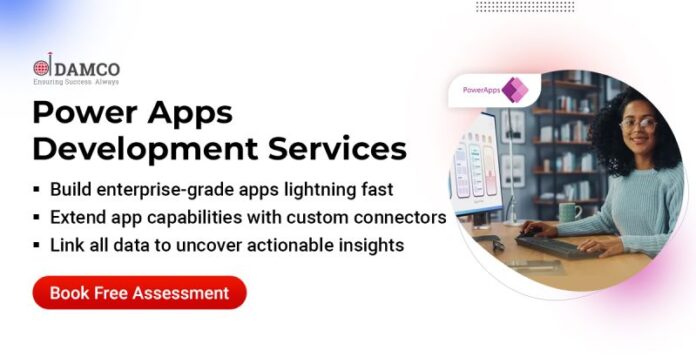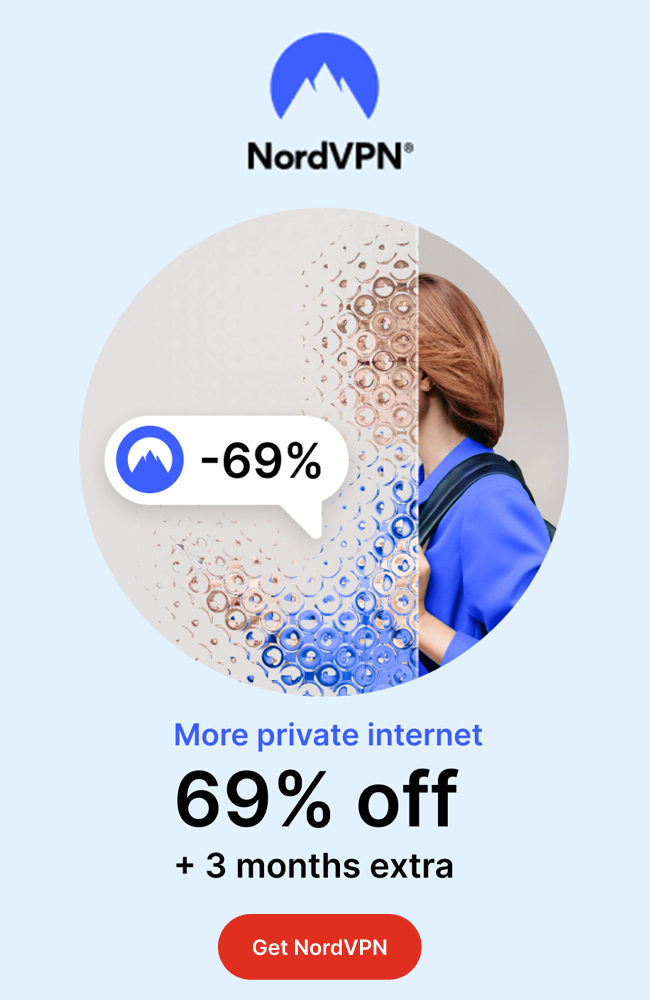Low Code is actively transforming the domain of software development. Traditional coding processes that are challenging for expert web developers and programmers can be significantly suppressed by low-code platforms drag-and-drop interface. The level of accessibility offered by this interface enables developers and enterprises of all sizes to gain better control over their development and quickly include new custom features within their applications.
With the rising need for programming standardization and faster time to market, many enterprises are focussing on low-code app development. One such low-code platform used by many organizations for developing enterprise applications is Microsoft Power Apps.
Introduction to Power Apps
Power Apps is a Cloud-powered, low-code development platform developed by the Microsoft community. This platform offers a completely equipped environment for developers to build and deploy scalable and cost-effective enterprise applications. Custom enterprise apps developed using Power Apps can be impeccably integrated with existing data sources such as Dynamics 365, SQL, Microsoft 365, and Common Data Service (CDS) platform to automate repetitive workflows and improve business productivity. In addition, Power Apps can streamline user-based workflows and operations so that enterprises can stay focused on their clients, business logic, and tactics.
Types of App Development With Power Apps
Simply put, business users or developers can construct canvas apps, model-driven apps, and web portals using Microsoft Power Apps.
- Canvas Apps – A Canvas App is also known as Custom App. In this design process, a developer or technical business user can drag and drop various components into a blank canvas. Enabling users to create apps in a flowchart style. Canvas Apps can be integrated with over 200 data sources via connectors. Anyone with a basic knowledge of MS Excel and PowerPoint can build canvas apps with greater user experience and accessibility.
- Model-Driven Apps – Model-driven app development is an approach that focuses on rapidly incorporating visual components into existing apps. Visual components such as forms, dashboards, charts, and views. With minimal or no coding efforts, business users can create model-driven apps with intuitive interfaces. If enterprises intend to establish apps with complex domain logic, then model-driven app development seems to be the right fit for them.
- Web Portals – With Power Apps, enterprises can build low-code, receptive, personalized web portals that allow both internal and external users to connect with underlying business data and capabilities. By partnering with the right PowerApps consulting, enterprises can build tailored web portals that enable end-users to experience core data services offered by CDS.
What Businesses Can Do with Power Apps
Integrate With Existing Intranet Systems
Custom, low-code apps developed with Power Apps can be embedded with an existing intranet system. This helps multiple departments in an organization access internal and external resources effortlessly via apps. Moreover, it enables the workforce to collaborate, communicate, and share documents and data anywhere at any time. This way organizations can shift from managing traditional on-premises intranet systems to online and easily accessible intranet systems, reducing unwanted maintenance costs and efforts.
Build Custom Components
In the conventional app development approach, many organizations felt enforced to compromise personalization for user-friendliness and speed. By leveraging low code development using Power Apps, enterprises can get the best of both areas. Power Apps standardizes the custom business app development experience by allowing users to rapidly build custom app components without writing excessive codes. This is possible due to the availability of Power Apps built-in component framework. This framework gives developers or business users access to a robust set of APIs that offer capabilities like metadata, component lifecycle management, and contextual data.
Enhance Lifecycle Management
Power Apps ALM (Application Lifecycle Management) feature will save enterprises a lot of time and effort when it comes to migrating and updating multiple applications and app data concurrently. To enhance the development lifecycle of a low-code application, Power Apps allows business users to package all essential app components (logic, schema) into a single file. This ensures greater data continuity across application builds even when enterprises scale up their app production.
Modernize Quality Control
Power Apps recently launched ‘Solution Checker’ for enhanced quality control and assurance. It is an incredible analysis tool that discovers potential stability and performance threats across all the assets in an application. In simple terms, Solution Checkers aids developers in eliminating risks and improving application performance. Another valuable feature is the ‘Power Apps Monitor’. This feature allows developers or experts to visualize each user’s click inside the app and identify the places where connectors are dwindling or impacting app performance so they can rapidly optimize experiences.
Chatbot Integration
Power Apps supports smooth integration of Microsoft’s innovative virtual bot technology, Power Virtual Agents within low-code apps. With Power Virtual Agents, developers or non-technical users can quickly set up and integrate Chatbots within their enterprise apps. Power Virtual Agent tools’ graphical interface reduces the need for experts to write complex codes in deploying bots. However, to build and deploy personalized Chatbots using Power Virtual Agents, businesses should partner with a recognized Power Apps development services provider. Experts help implement tailored Chatbots that help enterprises solve common internal and customer-facing problems automatically, relieving the workforce to focus on high-value interactions and complex responsibilities.
Summing Up
Several organizations are desperately looking for a suitable solution that offsets many challenges and fulfills multiple business needs. Developing enterprise apps is an ideal choice for organizations. But to develop enterprise apps through traditional platforms is a bit expensive approach and consumes more time for development. Microsoft has recognized this problem and introduced Power Apps. With minimal coding requirements, organizations can create cost-efficient and faster time-to-market enterprise apps that fulfill business needs.



